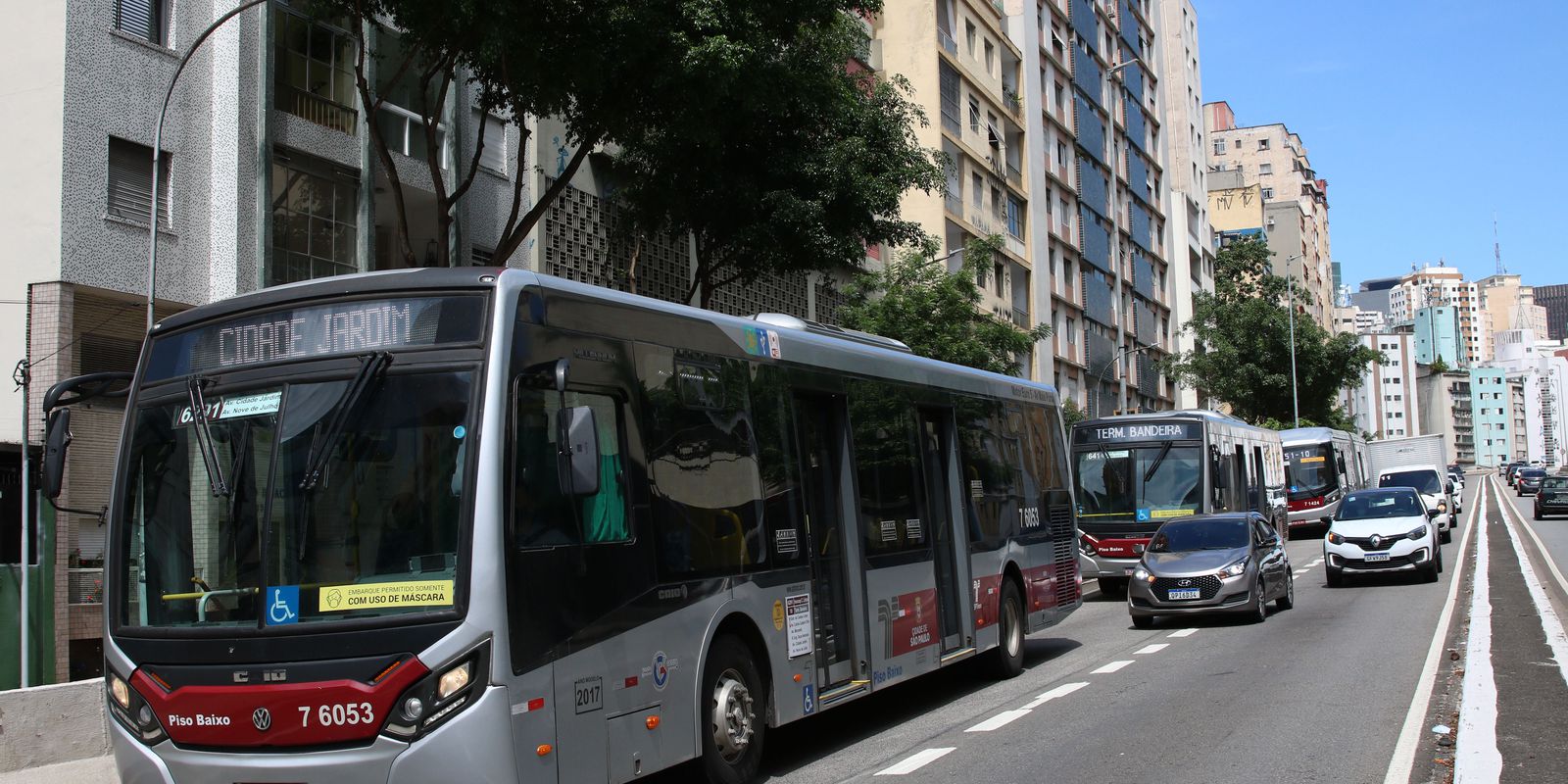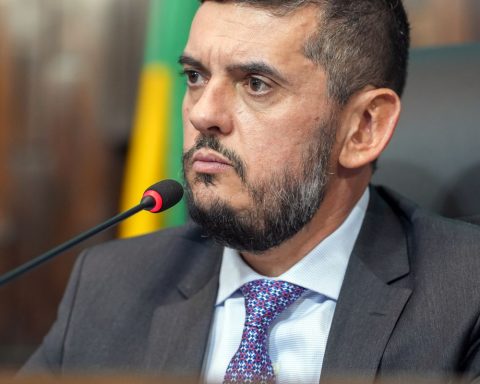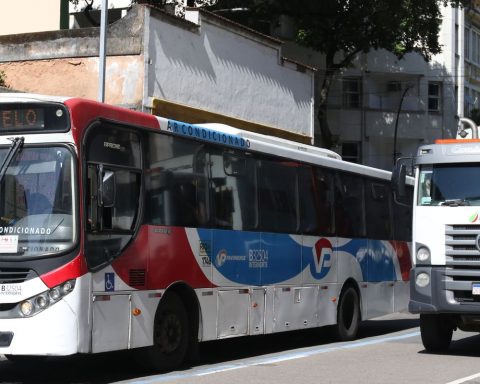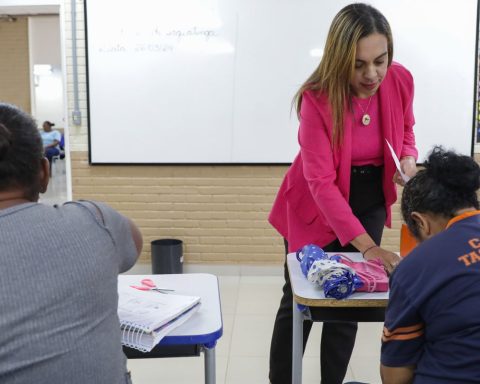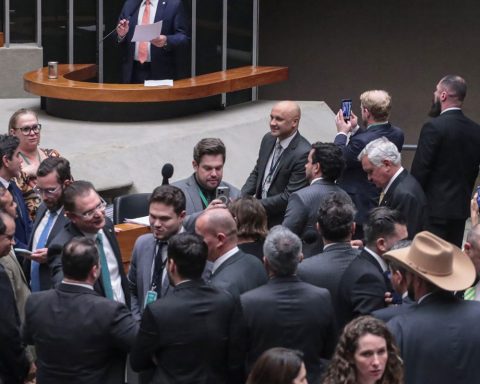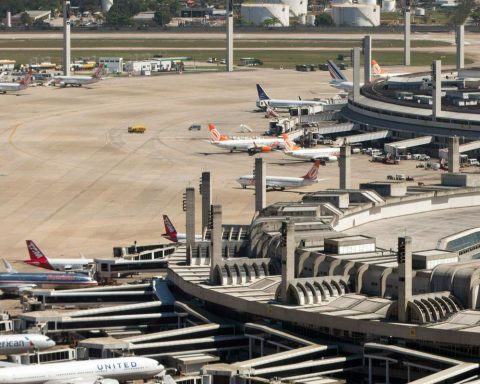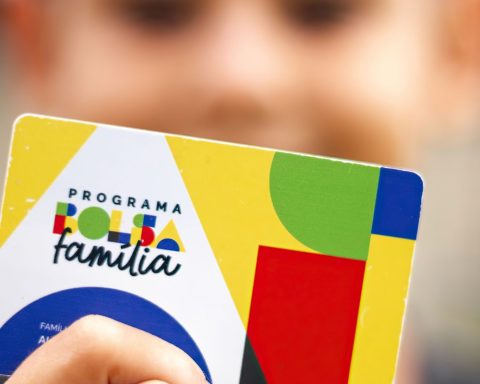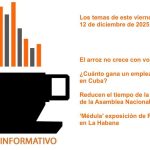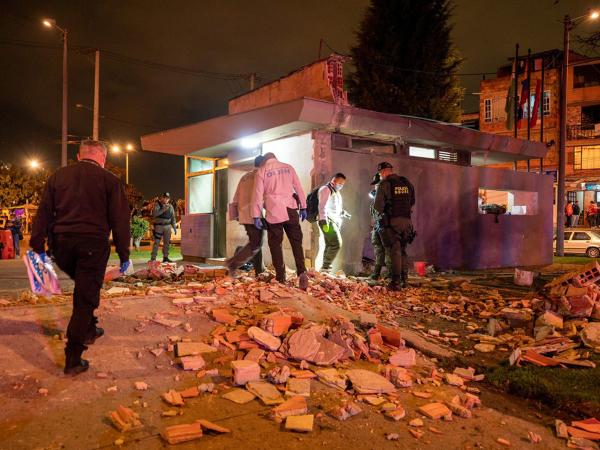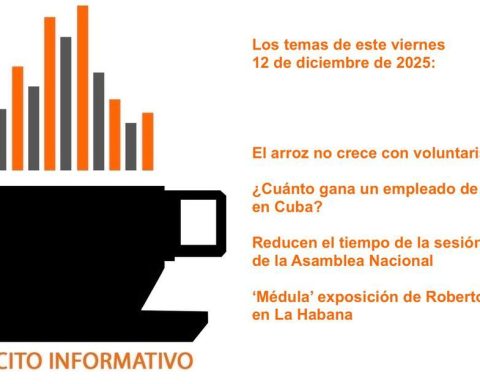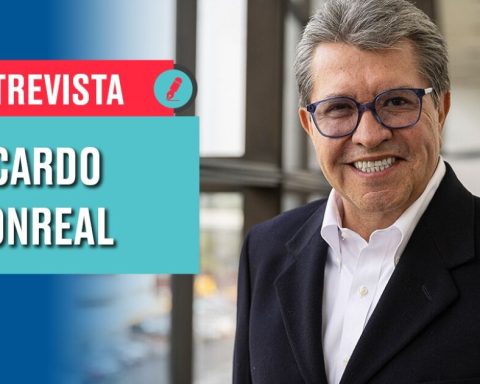The São Paulo bus fare is based on costs for operating and maintaining the system. As the amounts paid by passengers are not enough to fully fund the service, the city of São Paulo transfers subsidies to public transport concessionaires.
The resources of the Municipal Executive also compensate for the gratuities guaranteed for the elderly, people with disabilities, in addition to discounts for students and granted by the integration system for passengers who travel using more than one bus, or in combination with the rail systems.
On working days in March, buses in the capital of São Paulo have transported, according to SPTrans, about 2.5 million people on working days in almost 7 million trips. Approximately 12,000 buses operate in the city on 1,300 lines.
costs
In the spreadsheets made available by the City of São Paulo to provide transparency to the composition of the tariff, the costs with the system are estimated at R$ 748.2 million per month. Of this amount, R$ 682.3 million is transferred to the concessionaire companies, R$ 65.8 million is the amount used to maintain infrastructure, such as maintenance of bus terminals and system inspection.
The costs of the transport system represent, according to the city’s calculations, a fare equivalent to R$ 7.26 per passenger. In order for people to pay the R$ 4.40 of the current bus fare, the municipal Executive passes on approximately R$ 263.9 million to companies per month. In 2021, there were BRL 3.3 billion in subsidies, according to Mayor Ricardo Nunes.
fuels
Among the costs of the transport system, 54% are fixed expenses, such as salaries and parking garages. Among the variable expenses is the amount paid for diesel oil, which represents 19.8% of the total cost of the transport system. In March, Petrobras promoted a strong adjustment in the price of fuel, which went from R$ 3.25, on average, to R$ 4.06 for each liter sold at the pump.
The increase in fuel prices began to put pressure on the costs of the transport system, increasing the need for the city to transfer more resources to maintain the fare price. “We are making a very big effort not to increase the fare, not to take buses out of circulation”, emphasized the mayor when commenting on the situation last Friday (25).
To mitigate the impacts of high fuel prices on the municipality’s coffers, Nunes hopes that the Chamber of Deputies will approve the bill that creates the National Program for Assistance to the Mobility of the Elderly in Urban Areas to help pay for bus fares in the city. The program consists of transferring funds from the Union Budget – approximately R$ 5 billion – to pay for free urban transport for people over 65 years of age.
The proposal was already approved in the Senate in February. “Ideally, we can vote by April. If it goes beyond April, we will have to take other actions, which could be to increase the subsidy [ao sistema de transporte]”, he said. According to Nunes, the cost of gratuity is currently at R$ 450 million per year.
